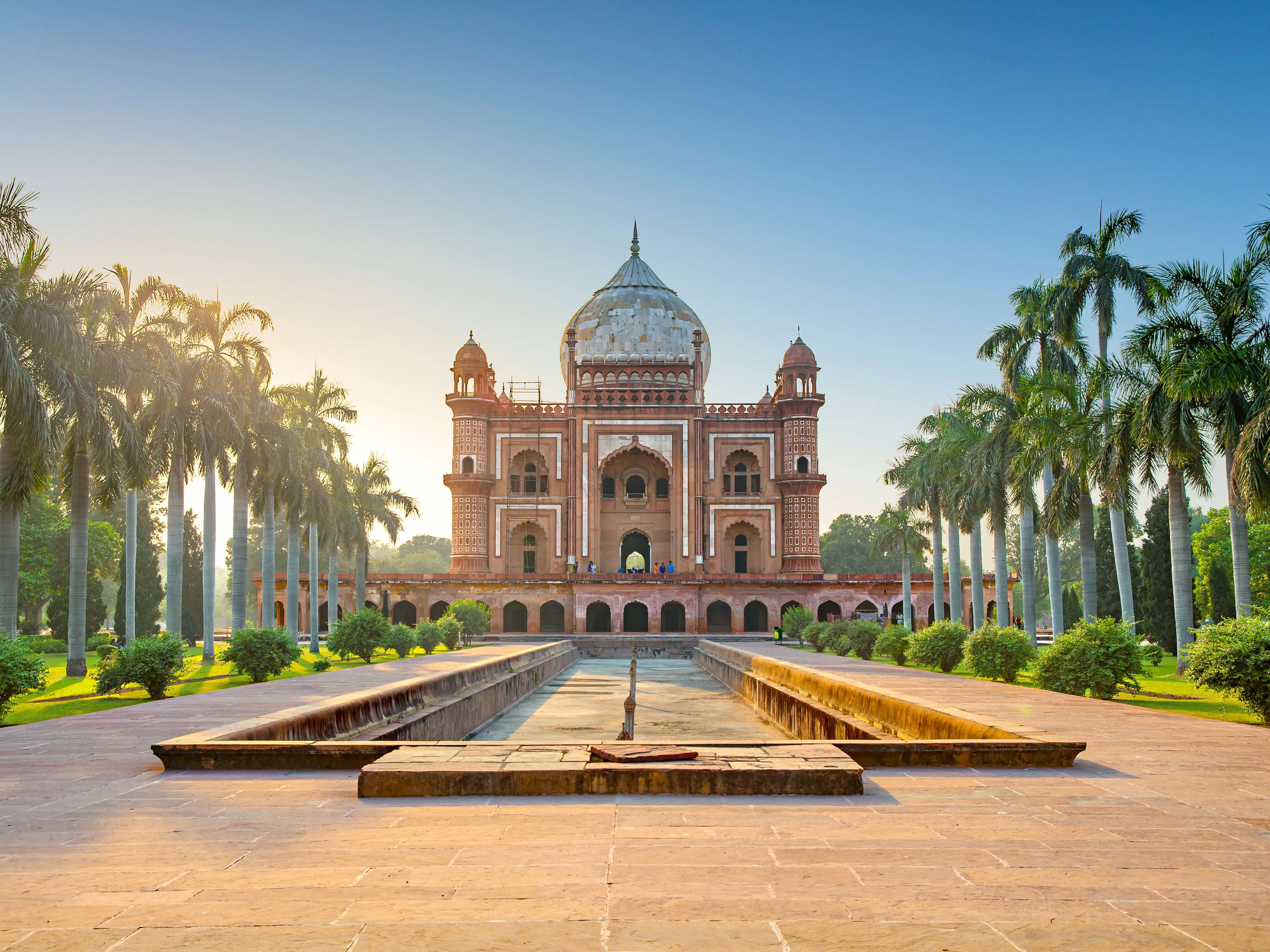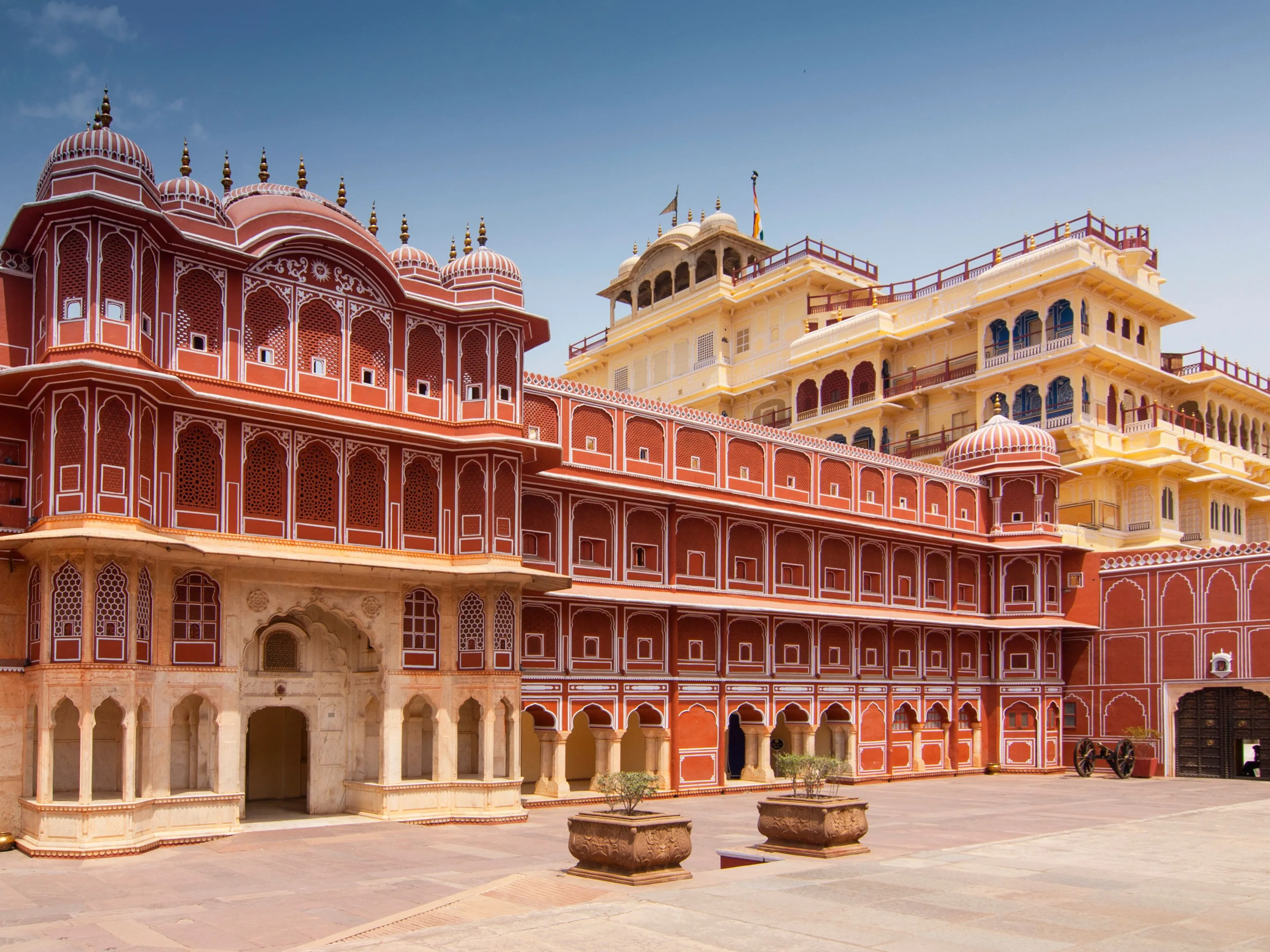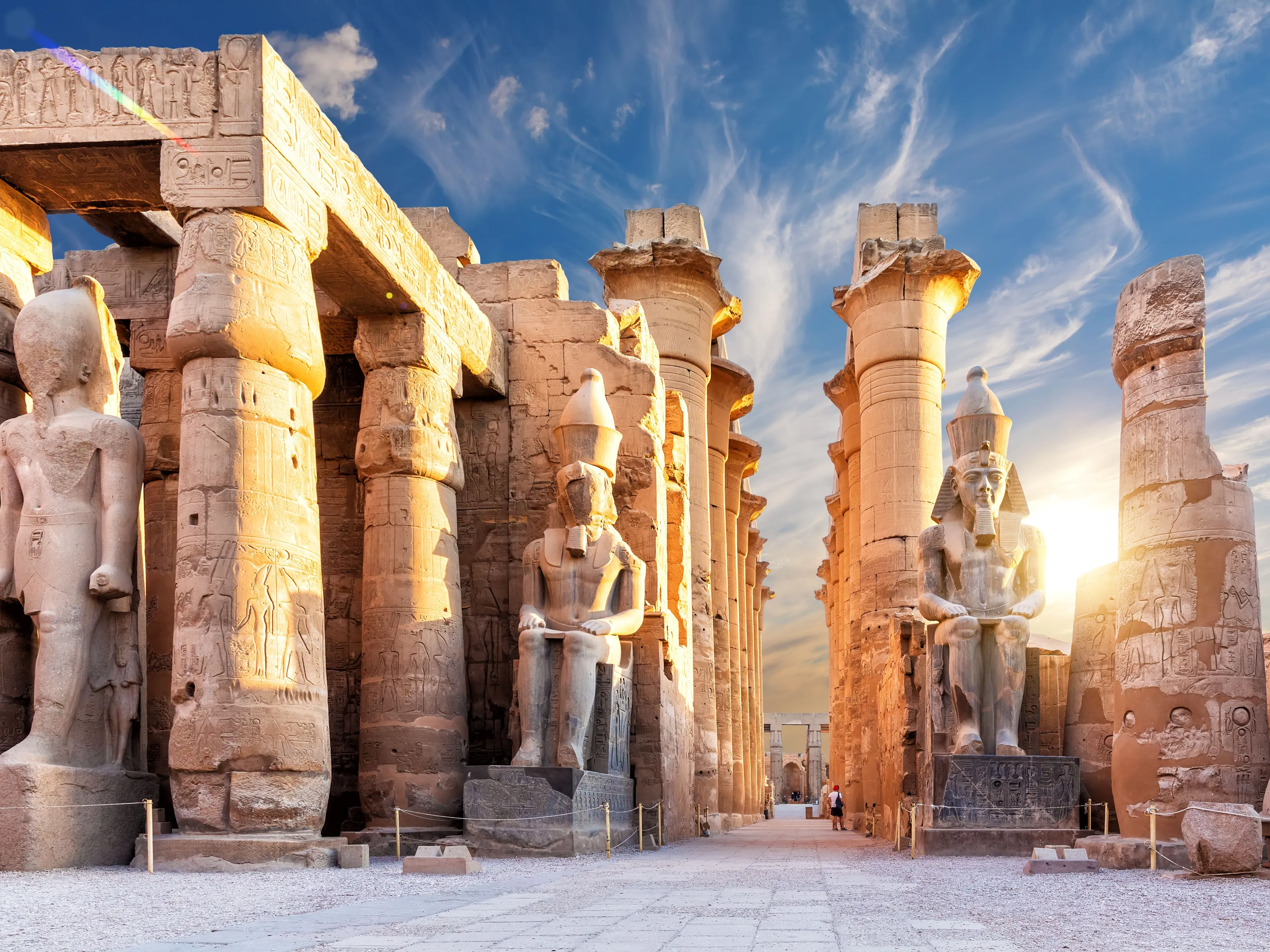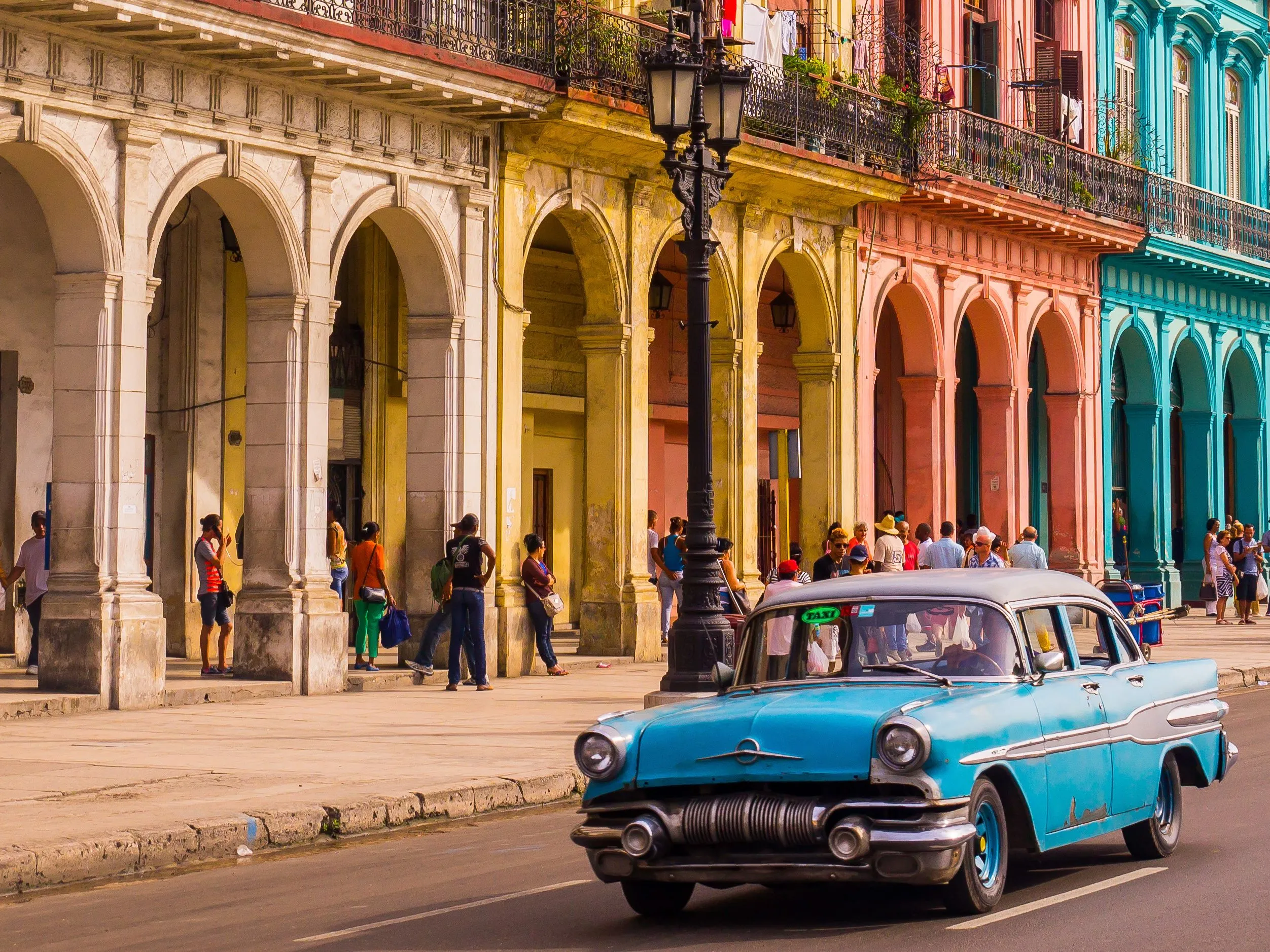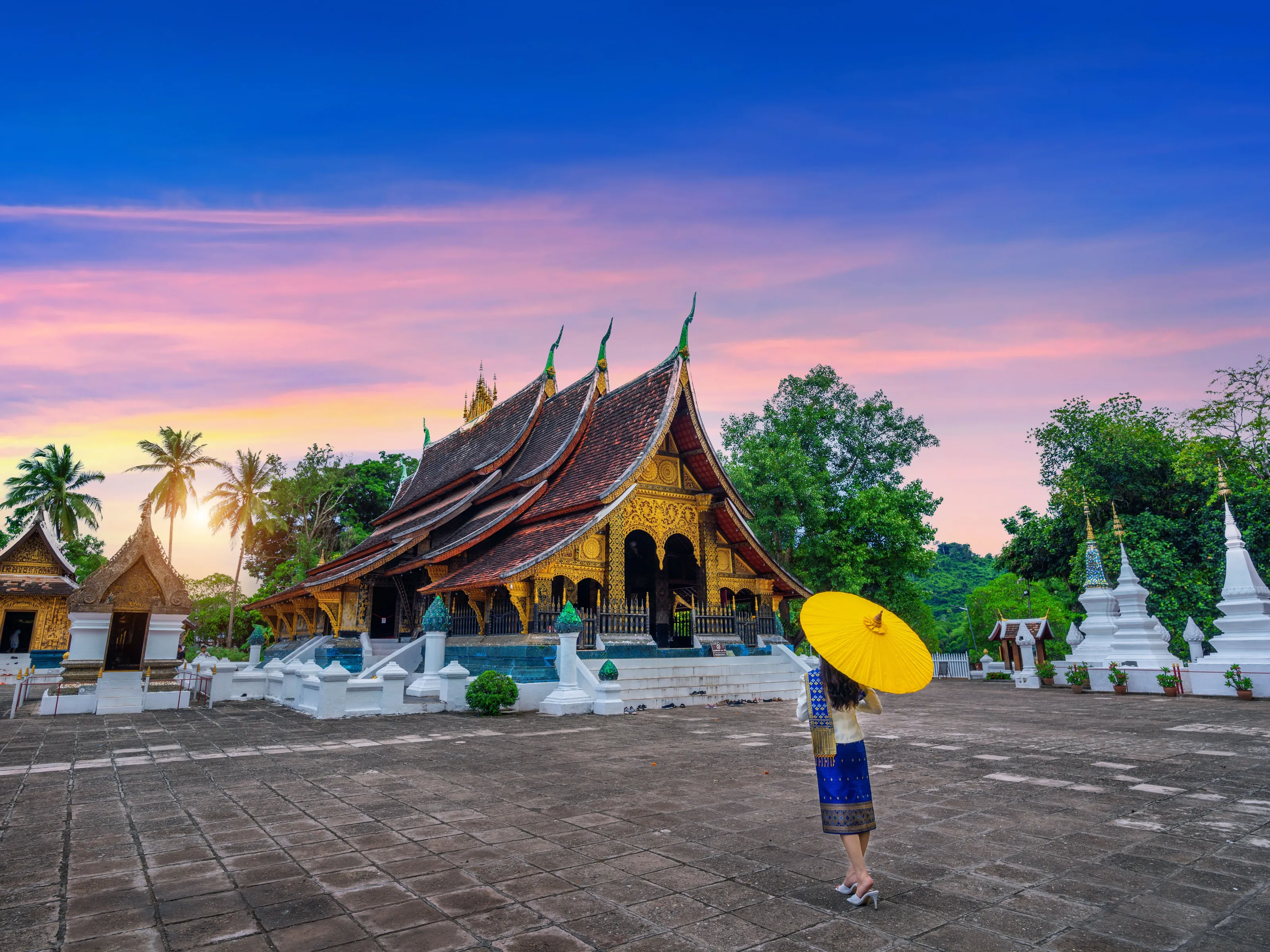Why Visit Oaxaca?
Oaxaca enchants as Mexico's cultural soul where indigenous Zapotec and Mixtec traditions thrive in colonial architecture, seven varieties of mole sauce simmer in family recipes unchanged for generations, mezcal distilleries smoke-roast agave in earthen pits, and markets overflow with black pottery, woven textiles, and chapulines (toasted grasshoppers) sold by women in traditional dress. This southern highland city (pop. 265,000 in city, 3.8 million state) preserves Mexico's deepest indigenous roots—16 distinct ethnic groups speak native languages, Day of the Dead celebrations (October 31-November 2) transform the city into marigold-draped remembrance, and crafts traditions dating to pre-Columbian times supply contemporary galleries.
The UNESCO-listed centro histórico centers on the Zócalo where laurel trees shade cafés, Santo Domingo church's gilded baroque interior stuns visitors, and the attached Cultural Center Museum displays Monte Albán's Mixtec treasures. Monte Albán (10km west, about 90 pesos entry, shuttle 90-100 pesos return) reveals Zapotec ceremonial center: pyramids, ball court, and carved danzantes (dancers) on hilltop commanding valley views where civilization thrived 500 BC-800 AD. Yet Oaxaca's soul beats in markets: Benito Juárez Market's food stalls serve 30-peso tlayudas (massive crispy tortillas), while 20 de Noviembre Market's smoke-filled interior hosts butchers grilling tasajo and chorizo at communal grills.
Artisan villages require day trips: Teotitlán del Valle's wool weavers, San Bartolo Coyotepec's black pottery, and Hierve el Agua's petrified waterfalls (rock formations resembling frozen cascades). Mezcal culture obsesses: Mezcaloteca offers 300+ varieties for tasting (200-250 pesos typical), while distillery tours ($30–$50) demonstrate traditional palenque production. The mole varieties (negro, rojo, amarillo, coloradito, verde, chichilo, manchamanteles) showcase complex sauces requiring 30+ ingredients and days of preparation.
With altitude at 1,550m, colonial churches on every block, Day of the Dead pilgrimage status, and indigenous culture preserved not performed, Oaxaca delivers authentic Mexican soul.
What to Do
Colonial Centro & Churches
Zócalo & Santo Domingo Complex
The heart of Oaxaca features laurel-shaded plaza with cafés perfect for people-watching. Walk to Santo Domingo church (free entry, 7am-8pm)—baroque gold-leaf interior stuns with ceiling murals and side chapels. Attached Cultural Center Museum (80 pesos, Tue-Sun 10am-6pm) displays Monte Albán's Mixtec gold treasures from Tomb 7. Evening: live music and street performers fill Zócalo around 7-9pm.
Ethnobotanical Garden Tours
Book ahead for guided tours only (no free wandering)—about 50 MXN in Spanish, 100 MXN in English, 90 minutes, multiple times daily. The 2.3-hectare garden shows Oaxacan native plants—cacti, agave, medicinal herbs. Tours explain indigenous plant uses. Behind Santo Domingo church walls, peaceful escape from market crowds. These are the only way to enter the garden.
Markets & Street Food
Benito Juárez & 20 de Noviembre Markets
Adjacent markets (open daily from early morning until late afternoon, mornings are liveliest) form Oaxaca's culinary soul. Benito Juárez sells produce, textiles, crafts, and mole pastes. 20 de Noviembre's smoke-filled interior houses communal grills (Pasillo de Humo)—buy raw meat from butchers (100-200 pesos), they grill it for you, share long tables with strangers. Try tlayudas (30-50 pesos), chapulines (toasted grasshoppers, from ~30-80 MXN per bag depending on size). Cash only.
Mole Tasting & Cooking Classes
Sample all seven mole varieties (negro, rojo, amarillo, coloradito, verde, chichilo, manchamanteles) at market stalls or restaurants like Casa Oaxaca. Negro (darkest) uses 30+ ingredients including chocolate. Cooking classes (1,500-2,000 pesos, 4-5 hours) teach mole preparation—book through hotels or La Casa de Los Sabores. Markets sell mole paste jars (200-400 pesos) to take home.
Ruins & Mezcal
Monte Albán Zapotec Ruins
Take the tourist shuttle from centro (around 90-100 MXN round-trip per person) or a taxi (150-200 MXN each way, agree fare) to hilltop ceremonial center. Entry about 90 MXN (includes small on-site museum; open roughly 10:00-16:00, last entry 15:30—hours and price can change, double-check locally). The 500 BC-800 AD site features pyramids, ball court, and carved danzantes (dancers) with valley panoramas. Bring hat, water, sunscreen—little shade. Allow 2-3 hours. Morning visit beats afternoon heat.
Mezcal Tastings & Distillery Tours
In-town: Mezcaloteca (Reforma 506) offers 300+ varieties for tasting (200-250 pesos typical for curated flights; reservation strongly recommended via their site). Staff explain production differences. Full distillery tours (600-900 pesos, half-day) visit palenques showing traditional earthen pit roasting, stone-wheel crushing, and clay-pot distillation. Sample espadin, tobala, and wild varieties. Book through hotels or Oaxaca Eats tours.
Hierve el Agua Petrified Waterfalls
Day trip (2 hours each way) to mineral spring formations creating petrified 'frozen' waterfall illusion on cliff edge. Entry 100 MXN plus a small community road fee (10-20 MXN). Natural infinity pools offer swimming with mountain views. Tours (500-800 pesos) typically combine with Mitla ruins and mezcal distillery. Road rough—4WD recommended if driving yourself. Best morning before crowds and heat. Bring swimsuit.
Gallery
Travel Information
Getting There
- Airports: OAX
Best Time to Visit
October, November, December, January, February, March
Climate: Warm
Weather by Month
| Month | High | Low | Rainy days | Condition |
|---|---|---|---|---|
| January | 26°C | 12°C | 2 | Excellent (best) |
| February | 28°C | 12°C | 0 | Excellent (best) |
| March | 30°C | 14°C | 2 | Excellent (best) |
| April | 32°C | 16°C | 3 | Good |
| May | 30°C | 16°C | 9 | Good |
| June | 28°C | 16°C | 20 | Wet |
| July | 27°C | 15°C | 20 | Wet |
| August | 25°C | 15°C | 21 | Wet |
| September | 24°C | 15°C | 22 | Wet |
| October | 26°C | 13°C | 7 | Excellent (best) |
| November | 26°C | 13°C | 0 | Excellent (best) |
| December | 26°C | 11°C | 1 | Excellent (best) |
Weather data: Open-Meteo Archive (2020-2024) • Open-Meteo.com (CC BY 4.0) • Historical avg. 2020–2024
Budget
Excludes flights
Visa Requirements
Visa-free for EU citizens
💡 🌍 Traveler Tip (November 2025): November 2025 is perfect for visiting Oaxaca!
Practical Information
Getting There
Xoxocotlán International Airport (OAX) is 10km south. Taxis to centro 200-250 pesos/$10–$13 (20 min). Buses cheaper (30 pesos). ADO buses from Mexico City (6hr, 600 pesos), Puebla (4hr), coast. Oaxaca is highlands hub—mountain roads to coast (Puerto Escondido 6hr).
Getting Around
Walk centro histórico (compact, colonial grid). Colectivos to villages (30-60 pesos). Taxis cheap (40-100 pesos in city). Rent cars for Hierve el Agua ($35–$60/day) or book tours (easier, 500-800 pesos). Buses to Monte Albán (20 pesos). Uber limited. Walking pleasant—sidewalks colonial.
Money & Payments
Mexican Peso (MXN, $). Exchange $1 ≈ 18-20 pesos, $$1 ≈ 17-19 pesos. Cards at hotels/restaurants, cash for markets, street food, taxis. ATMs widespread. Tipping: 10-15% restaurants, round up for services. Market food vendors: no tipping.
Language
Spanish official. Indigenous languages (Zapotec, Mixtec) spoken in villages and markets. English limited—learn Spanish basics essential. Younger people in hotels may speak English. Translation apps helpful. Oaxaca more Spanish-dominant than tourist cities.
Cultural Tips
Markets: eat at 20 de Noviembre's communal grills—buy meat, they cook (100-200 pesos). Mezcal: sip slowly, traditionally no lime/salt (that's tequila). Chapulines: toasted grasshoppers, crunchy, local delicacy. Mole: seven types—try negro (darkest). Altitude: 1,550m—mild effect. Day of the Dead: book 6 months ahead, expect crowds, respect cemetery visits. Artisan villages: bargain gently—craftspeople earn little. Tlayudas: massive crispy tortillas, eat with hands. Markets close 7-8pm. Sunday street closures (car-free). Indigenous culture: respectful photography.
Perfect 3-Day Oaxaca Itinerary
Day 1: Centro & Markets
Day 2: Monte Albán & Villages
Day 3: Hierve el Agua
Where to Stay in Oaxaca
Centro Histórico
Best for: Zócalo, Santo Domingo, museums, restaurants, hotels, colonial architecture, walkable, UNESCO
Jalatlaco
Best for: Bohemian neighborhood, street art, cafés, galleries, quieter, gentrifying, charming, east of center
Reforma
Best for: Residential, local life, cheaper stays, restaurants, away from tourists, authentic, north
Markets Area
Best for: Benito Juárez, 20 de Noviembre, Abastos markets, food culture, shopping, authentic, chaotic
Frequently Asked Questions
Do I need a visa to visit Oaxaca?
What is the best time to visit Oaxaca?
How much does a trip to Oaxaca cost per day?
Is Oaxaca safe for tourists?
What are the must-see attractions in Oaxaca?
Popular Activities
Top-rated tours and experiences in Oaxaca
Ready to Visit Oaxaca?
Book your flights, accommodation, and activities

